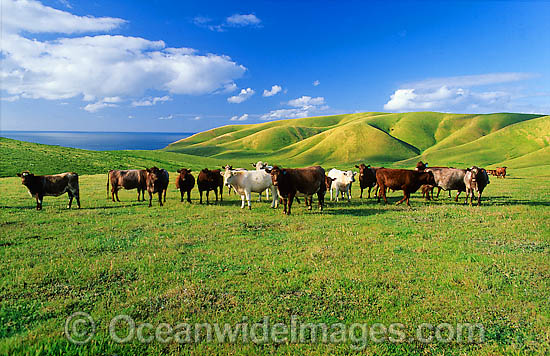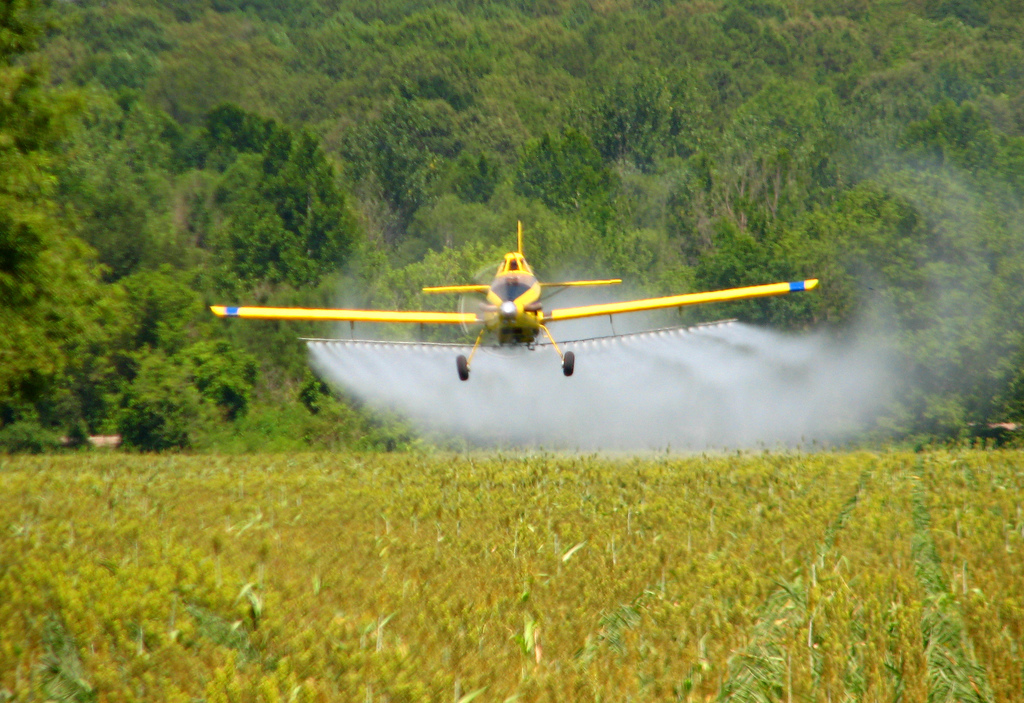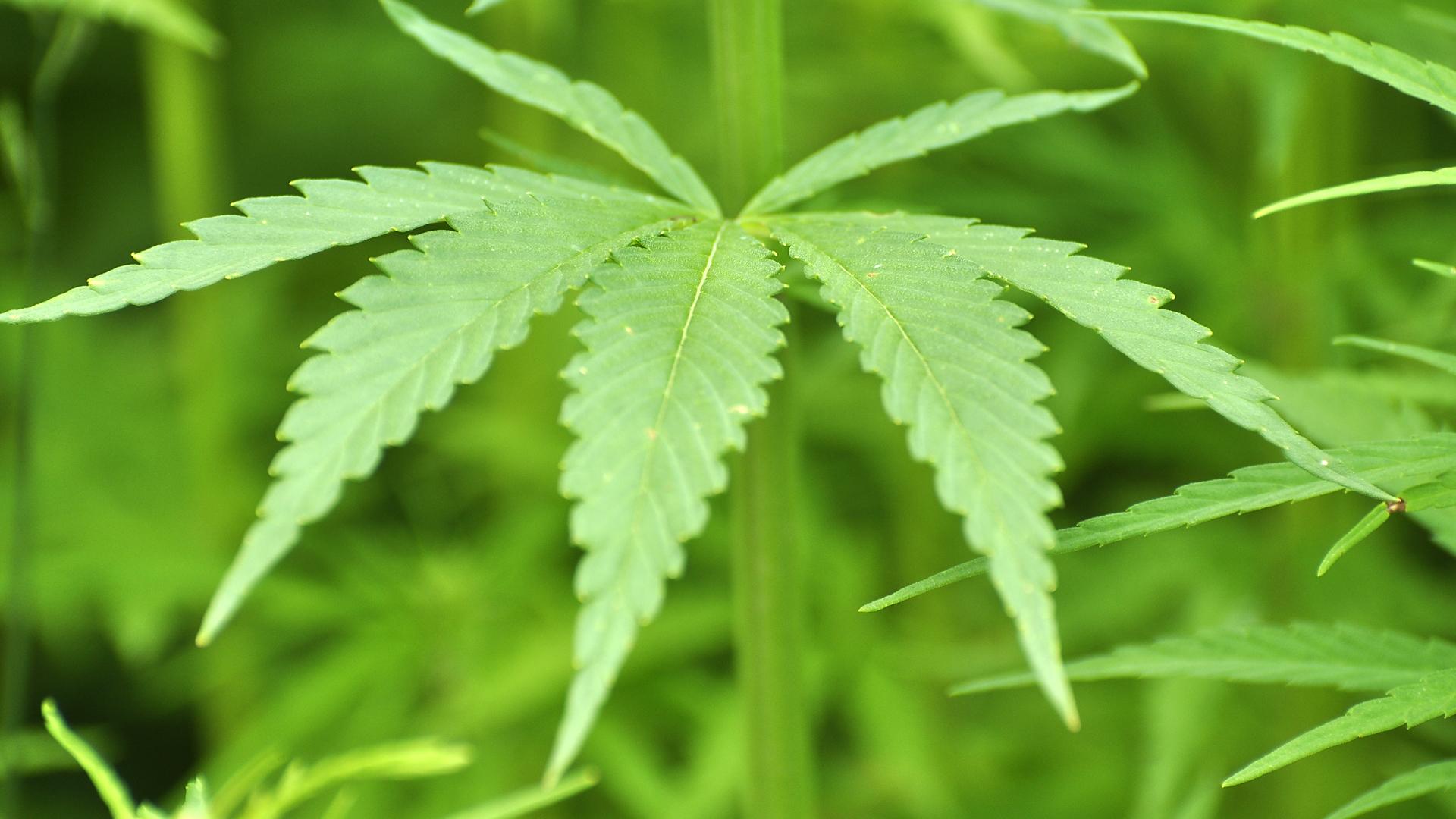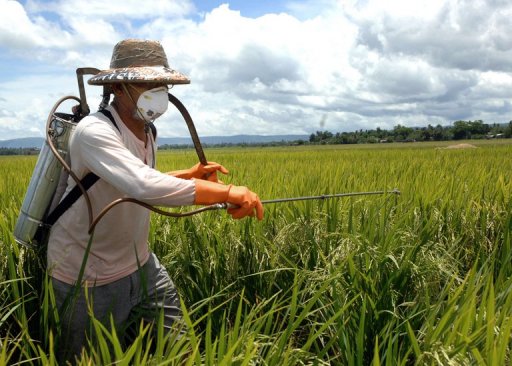CATTLE GRAZING
Cattle grazing and clean water will be on national forest lands, in keeping with analysis by the University of California (UC), Davis.
The study, revealed nowadays within the journal PLOS ONE, is that the most comprehensive examination of water quality on National Forest public grazing lands up to now.
\”There’s been lots of concern regarding public lands and water quality\” aforesaid lead author Leslie Roche, a postdoctoral scholar within the UC Davis Department of Plant Sciences. \”We’re able to show that eutherian grazing, public recreation and also the provisioning of unpolluted water is compatible goals.\”
Roughly 1.8 million eutherian graze on national forest lands within the western U.S. each year. In California, five hundred active grazing allotments support ninety seven,000 eutherian across eight million acres on seventeen national forests.
\”With annual recreating population of over twenty six million, California’s national forests square measure at the junction of a growing discussion regarding the compatibility of eutherian grazing with different activities dependent upon clean, safe water,\” the study’s authors write.
\”We usually hear that eutherian production isn’t compatible with environmental goals,\” aforesaid man of science Kenneth John Orley Allen Tate, a Cooperative Extension specialist. \”This indicates that’s conditionally true. there\’s no real proof that we’re making hot spots of human health risk with eutherian grazing in these areas.\”
The study was conducted in 2011, throughout the grazing and recreation season of Gregorian calendar month through Gregorian calendar month. Nearly forty UC Davis researchers, ranchers, executive department Forest staff and environmental stakeholders went out by foot and on horseback, hiking across meadows, on campsites, and down ravines to gather 743 water samples from one hundred fifty {five|a hundred and fifty five} sites across five national forests in northern California.
These areas stretched from Klamath National Forest to Plumas, Tahoe, Stanislaus, and Shasta-Trinity national forests. They enclosed key oxen grazing areas, recreational lands and places wherever neither oxen nor humans tend to wander.
UC Davis researchers analyzed the water samples for microbic and nutrient pollution, as well as unclean indicator bacterium, unclean coliform, E. coli, chemical element and chemical element.
The scientists found that recreation sites were the cleanest, with the bottom levels of unclean indicator bacterium. They found no important variations in unclean indicator bacterium between grazing lands and areas while not recreation or grazing. Overall, eighty three of all sample sites and ninety fifth of all water samples collected were below U.S. Environmental Protection Agency (EPA) benchmarks for human health.
The study noted that many regional regulative programs use totally different water quality standards for unclean bacterium. for example, most of the study’s sample sites would exceed levels set by a a lot of restrictive normal supported unclean coliform concentrations. However, the U.S. Environmental Protection Agency states that E. coli square measure higher indicators of unclean contamination and supply the foremost correct assessment of water quality conditions and human health risks.
The study additionally found that each one nutrient concentrations were at or below background levels, and no samples exceeded concentrations of ecological or human health concern.

Thanks for installing the Bottom of every post plugin by Corey Salzano. Contact me if you need custom WordPress plugins or website design.





